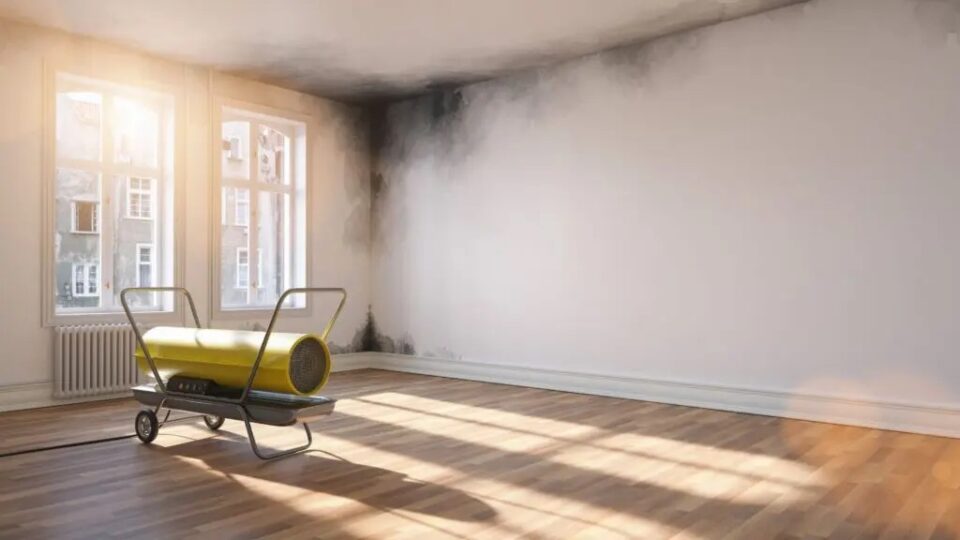While homes offer comfort and security, they also face various moisture sources both from within and outside. Activities like cooking, bathing, and doing laundry contribute to higher indoor humidity levels.
So, what’s the ideal humidity range to aim for indoors? Typically, indoor humidity should be maintained between 30% and 60%. Keeping it within this range is essential for preserving the structural integrity of your home and its overall appearance.
What problems can arise from excessive moisture? High humidity encourages mold and mildew, which thrive in damp environments. Over time, these can cause significant damage to your walls, floors, and furniture if left unchecked.
Furthermore, elevated humidity can lead to health issues, such as respiratory problems and allergies. It can also attract unwanted pests like cockroaches and dust mites, which can further worsen these health concerns.
How can we manage or reduce indoor humidity? The key is addressing the sources of moisture. This might involve repairing leaking roofs or pipes and tackling condensation. Installing a crawl space vapor barrier is also a great way to prevent moisture from seeping into areas like basements, crawl spaces, or attics, helping to keep humidity levels under control throughout the home.
Maintaining optimal indoor humidity is vital for protecting your home’s structure, your health, and overall comfort. For more tips on managing moisture, refer to the accompanying infographic.


